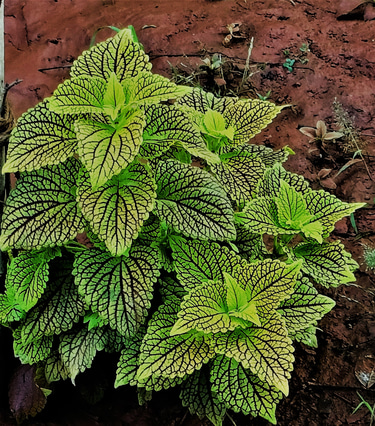Stevia: A herbal sugar substitute
Leaf extracts of stevia are used to produce sweetener which is considered 150-300 time sweeter than normal table sugar. Presence 'Steviol deterpene gycocides in the extracts is responsible sweetness. Leaves are used either fresh or dry or in the form of powder, cube, pellet as an alternative to normal sugar.
CROP CULTIVATION
7/13/20244 min read
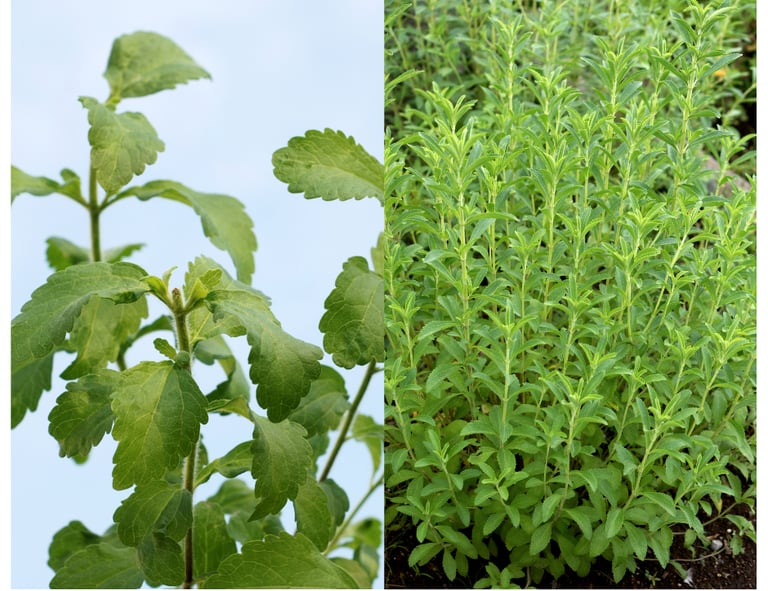

STEVIA : A Herbal Sweetener Plant
World sugar production has reached 183 million metric tons for the year 2023-24 and sugarcane is the major source of sugar, contributing 79 % of total production and entire rest is from sugar beat. Brazil and India are the major producer of sugar cane and the sugar, where as European Union is leading in sugar beat production. Increase in purchasing power and increased population, raised the level for sugar demand and consumption. Because sugar is an all-important ingredient of human diet. Some of the dishes would not have existed in the absence of sugar.
Though sugar is so savoring to tongue, but not so to the body. Having had excess calories, sugar brings certain kind of bitterness like obesity, heart problems and diabetes and other associated problems. The situation has gradually brought the low or no caloric sugar substitute like aspartame, monk fruit extract, saccharin, sucralose, Acesulfame potassium (ace-K), and Cyclamate to limelight . Most of them are synthetic, leaving a few of them as plant extracts. Consumption of artificial sweeteners have their own limitations owing to costlier to afford and associated nutritional disorders.
Stevia, a perennial shrub of scientific name Stevia rebaudiana, Bertoni, belonging to Asteraceae family, has been considered as sweetener yielding plant. It is native of Brazil and Paraguay, cultivation of which later extended to countries like Japan, Chaina, Ukraine, Thailand, India. In India Madhya Pradesh, Punjab , Rajasthan, Maharashtra, Kerala ,Tamilnadu, Orissa are the states growing stevia crop.
Leaf extract of stevia is used to produce sweetener and the same is considered 150-300 time sweeter than normal table sugar. Presence 'Steviol deterpene gycocides in the extract is responsible sweetness. Leaves are used either fresh or dry or in the form of powder, cube, pellet as an alternative to normal sugar.
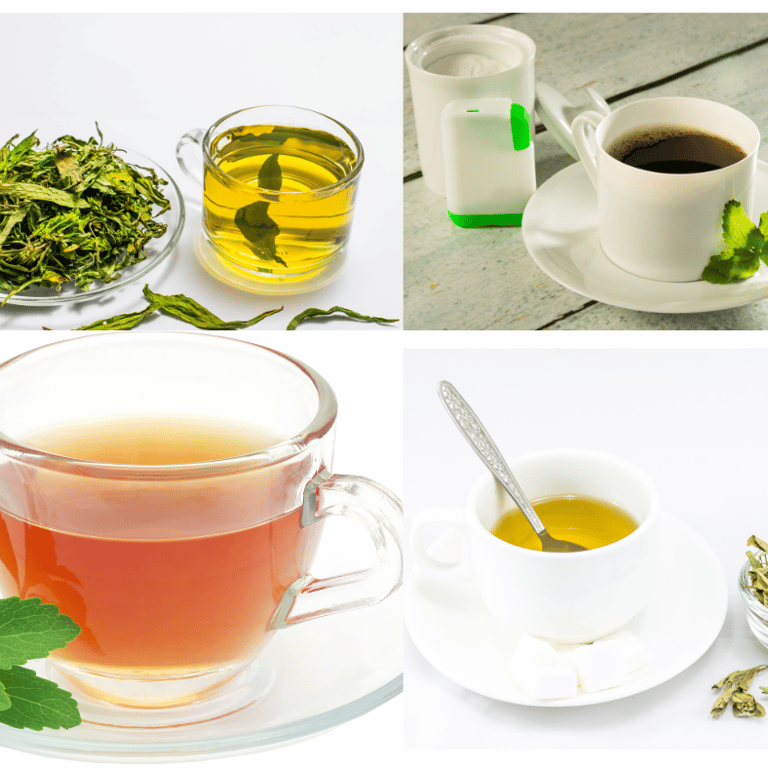
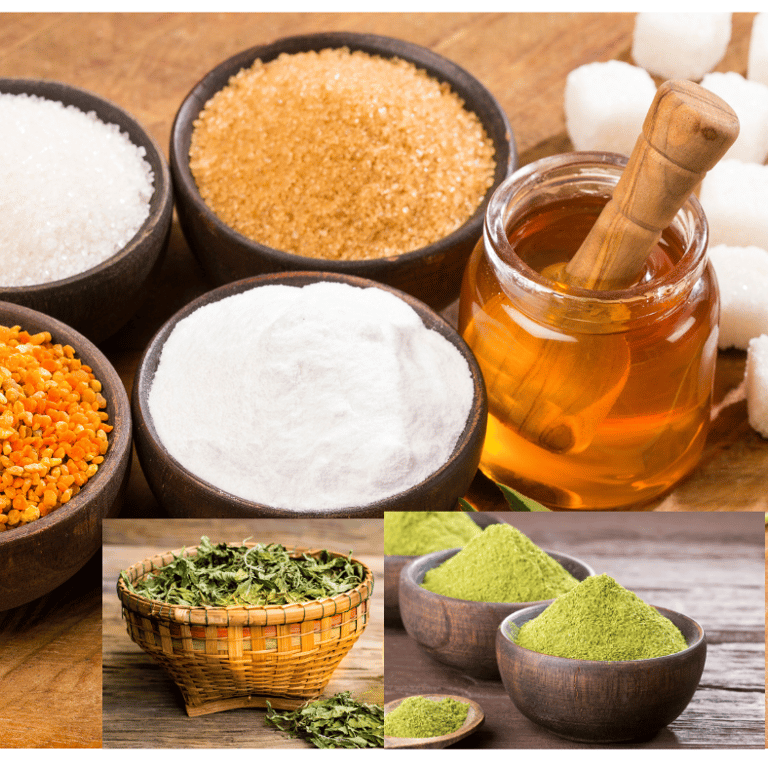
Cultivation of Stevia plant:
Soil and Climate: Stevia can be grown in variety of soils, but prefers sandy loamy and loamy kind. The crop can be grown even in less fertile soils, but come up well in organically rich and well fertilized. Optimum soil pH range is 5.5 to 7.5. In terms of climatic requirement, stevia is an arid and semi arid crop. Regions with annual precipitation ranging from 140-180 cm and annual average temperature 25- 30 °C have been considered best suited for stevia farming. Though the plant can be grown through out the year, prefers the season of shorter day length. It is tolerant to day temperature as high as 48 °C and night temperature as low as 4°C.
Propagation: Stevia can be propagated through different ways, like seeds, suckers, stem cutting, tissue culture seedlings. Sowing of seeds is the easy way out, but sugar content of the leaves may not be uniform affecting its marketability. Propagation through Tissue cultured seedlings is bit of costly proposition. Most suited way is raising the plants in nursery and then transplanting in main field. Seeds of dark colors are selected for sowing in fertile raised beds. It takes 5-7 days for germination and becomes ready for transplanting in two months. Seedling attaining 5-7 leaf stage is an indication of readiness for transplanting.
In case of stem cutting method of propagation, cuttings are prepared to a length of 10-15 cm, with few nodes intact. Cutting are planted in soil and shades are provided. Months of mild weather are most suitable for raising the cuttings. Water is sprinkled daily to keep the area moist. It takes 10-15 days for initiation of roots. Once roots are initiated, cuttings are transferred to poly bags filled with mixture of sand, soil and well decomposed FYM in 1:1:1 proportion. Cuttings are ready to transplant in 45-60 days with well established root systems. Cuttings or seedlings are transplanted on raised or flat beds at a spacing of 45 cm X 45 cm. 45X30 cm spacing is comprehended in high fertility soils.
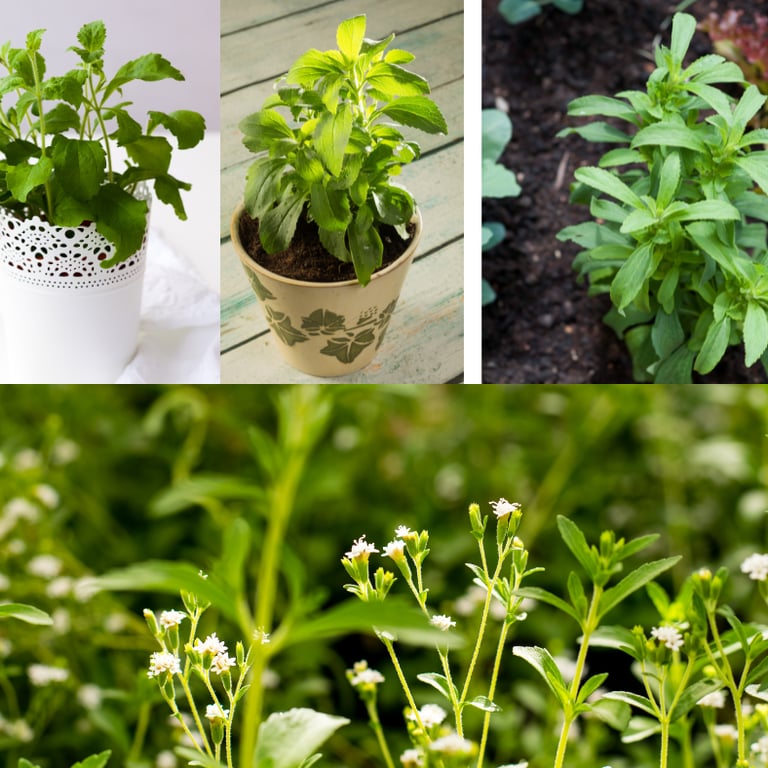
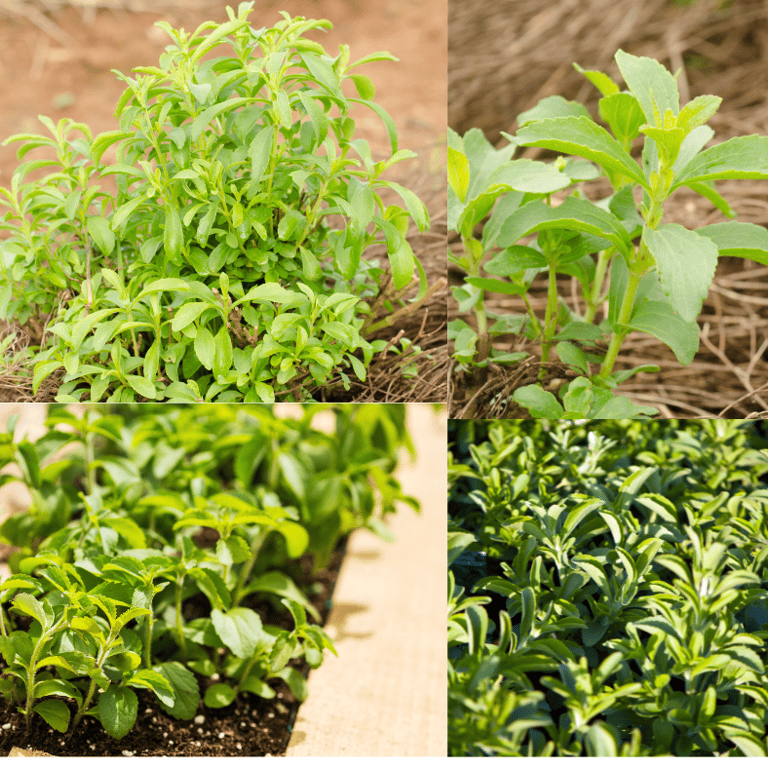
After care in Stevia Cultivation:
Nipping or pinching of top of the plant ensure profuse branching and more leaf yield and the same to be performed when transplanted plants are well established.
Weeding is one of the important intercultural operation to be performed regularly in stevia cultivation. Being slower growth crop, weeds may dominate and overtake main crops and depletes nutrients. Mulching with crop residue or plastic sheets has been found useful in controlling weeds in stevia field.
Nutrient management is also a decisive factor in leaf yield of stevia. 100-120 kg of nitrogen, 40-50 kg of Phosphorus and 50-60 kg Potassium per hectare may be applied.
Insect pests: Leaves and buds are fed by some kind of caterpillars and the same can be taken care of by spraying of Deltamethrin or Quinalphos @1.5 -2 ml/l
Diseases: Leaf blights and Leaf spots are common diseases affecting stevia and the same can be controlled by spraying fungicides like Bavistin or dithane M-45 @ 2.0 g/ltr.
Harvesting and Yield :
Harvesting of stevia is to be done just before they start flowering. this is the stage at which plants attain maximum Steviol gycocides level. Plants start bearing flowers from 3-4 months of transplanting. Subsequent harvesting may be done after 50-60 days. Plants are harvested 10-15 cm from the ground level manually or by using machines. Stevia continue to yield 4-5 years from the same plantation or field once raised. It is very important to dry the harvested plants without much delay as there is depletion of Steviol gycocides content as the days progress. Cut plants are dried under shade or with the help of oven at 40°C. Later leaves are separated from plant for further processing. Average yield of stevia is 2.5-3.5 t/ha.
Newsletter
Sign up for our newsletter and get notified about all new posted articles.
ADDRESS
House No. 2-113(P), Visnumurthynagar, Kelarkalabettu, Thenkanidiyuru, Udupi
cONTACT
7975809540
satishmqc362@gmail.com
